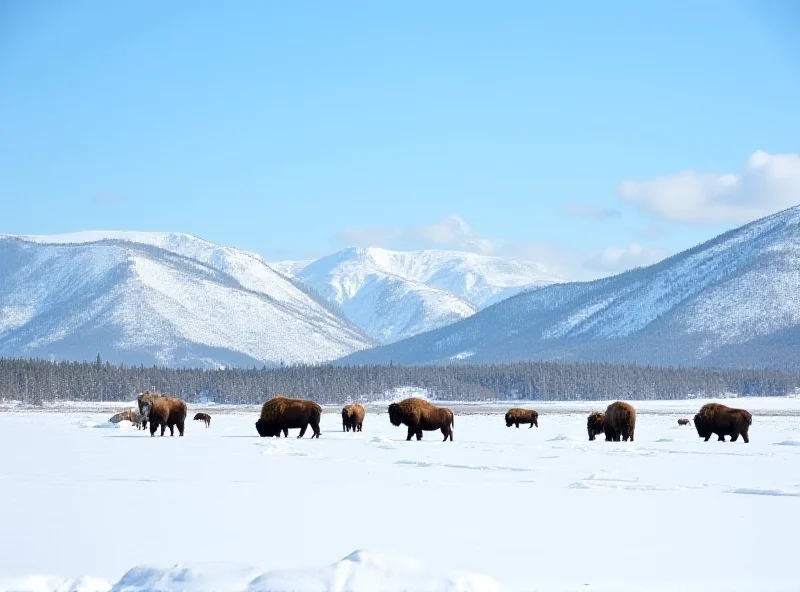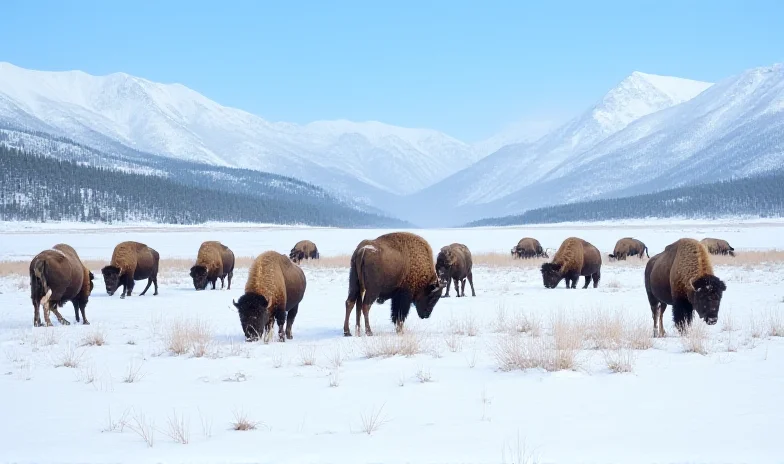Here's a roundup of the latest science news, covering everything from the conservation of bison to ancient human tools and the scientific basis of COVID-19 policies.
Yellowstone Bison: A Conservation Success Story
After 120 years of isolation, Yellowstone's bison population has achieved a remarkable milestone. Research indicates that the bison have merged into a single breeding population. This is a testament to successful long-term conservation efforts and the maintenance of genetic diversity within the species. The dedicated management of Yellowstone's bison has led to this significant development in both conservation and population genetics. It's an encouraging sign for the future of these iconic animals.

Deadly Storms Sweep Across the US
Tragedy has struck the United States as powerful storms create blizzard conditions and raise the threat of tornadoes. Sadly, two people have already lost their lives as a result of the severe weather. The storms have brought widespread disruption and highlight the increasing intensity of weather events. Residents are urged to stay informed and take necessary precautions to stay safe during these dangerous conditions.
Examining the Scientific Basis of COVID Policies
A thought-provoking article critiques what it calls a "scientific fallacy" that led to an unyielding approach to COVID policies. The piece questions the assumptions behind these measures and suggests broader implications for public health and policy-making. It delves into the complexities of pandemic response and encourages a critical evaluation of the scientific reasoning behind implemented strategies.
"This is an important discussion to have as we move forward and learn from the past few years," notes one commentator.

1.5 Million-Year-Old Bone Tools Discovered in Tanzania
In a fascinating discovery, the oldest known set of bone tools has been unearthed in northern Tanzania's Olduvai Gorge. Dating back 1.5 million years, these tools provide invaluable insight into the technological capabilities of early humans during the Paleolithic era. This discovery demonstrates that even at this early stage, humans were diversifying their technology. The set includes approximately 20 bone tools, offering a glimpse into the ingenuity of our ancestors.

These discoveries and events highlight the breadth of scientific inquiry and the importance of understanding our world, both past and present.
